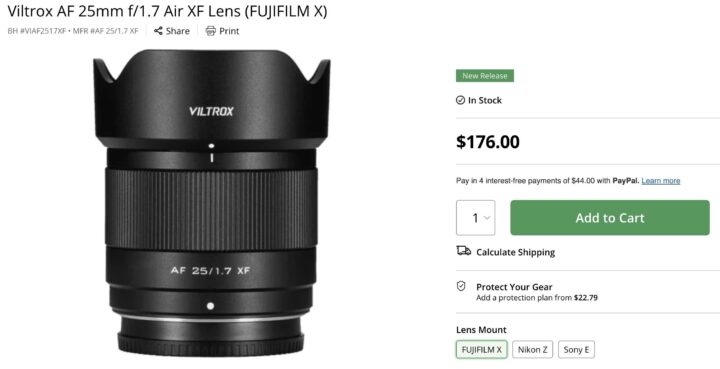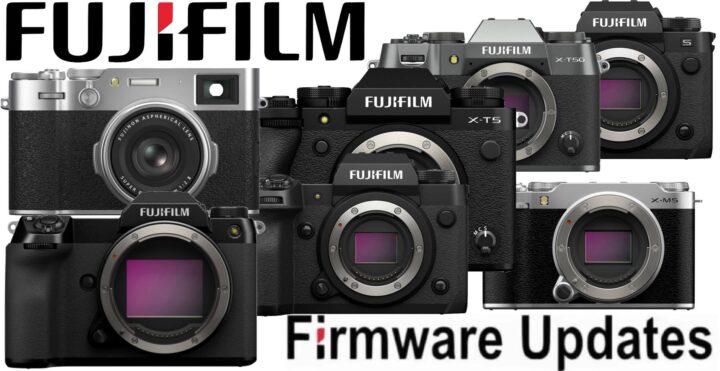Fujifilm Managers talk GFX Eterna, New Fujifilm Made Monitor and More: “The GFX Eterna Will Enhance also Other Models”
CineD interviewed top Japanese Fujifilm managers about the upcoming Fujifilm GFX Eterna, which is already listed at BHphoto here.
- GFX Eterna is Fujifilm’s first dedicated filmmaking camera
- GFX Eterna coming still this year
- Price wise, the goal is to make it available not only for rental houses, but that people can actually own it – Price Rumor here
- supports 4:3 open gate. Resolution better than 4K
- rolling shutter depends on mode you are filming
- also on GFX100II depending on what mode you select
- “we are making sure that the camera has no rolling shutter issue when you are shooting with the camera”
- 15ms is minimum rolling shutter (4K 16:9)
- F-Log 2C was developed for the GFX Eterna, but since GFX100II already on the market, they added it there too
- what is applied to GFX Eterna, will actually enhance also other models
- Fujifilm developed a monitor that will be included in the package for the GFX Eterna
- it’s not another brand making the monitor, but it is made by Fujifilm
- 5 inch monitor with touch screen
- Fujifilm has received a lot of requests for a viewfinder, so Fujifilm is considering how to respond to that
- around NAB in April Fujifilm will be disclosing more specs, but probably not yet all about it, but the main specs
- Fujifilm wants to make sure this camera is well accepted in the market, otherwise there is no second or third camera
- dual base ISO, ISO800 and ISO3200
- Johnnie from CineD says that the Fujifilm team is relatively small and the small team is working on multiple projects
- the Japanese manager confirms, “you are right, we don’t have a big team, but our platform is the same, we have the 5th generation processor and sensor and so it’s quite efficient. Although we have a small team working on different categories and different products, but the team knows what’s going on for the other camera projects and that could be implemented between each other. We are doing our best with our small team“
- Developing a camera takes about 2 years. Fujifilm tries to adjust to the market needs as much as possible, so if Fujifilm thinks it’s necessary, they would even stop the development of a camera and change to something else. But that does not happen so often
- Fortunately our digital cameras have been very well accepted, but of course the market will change
You can see the fill video above.





